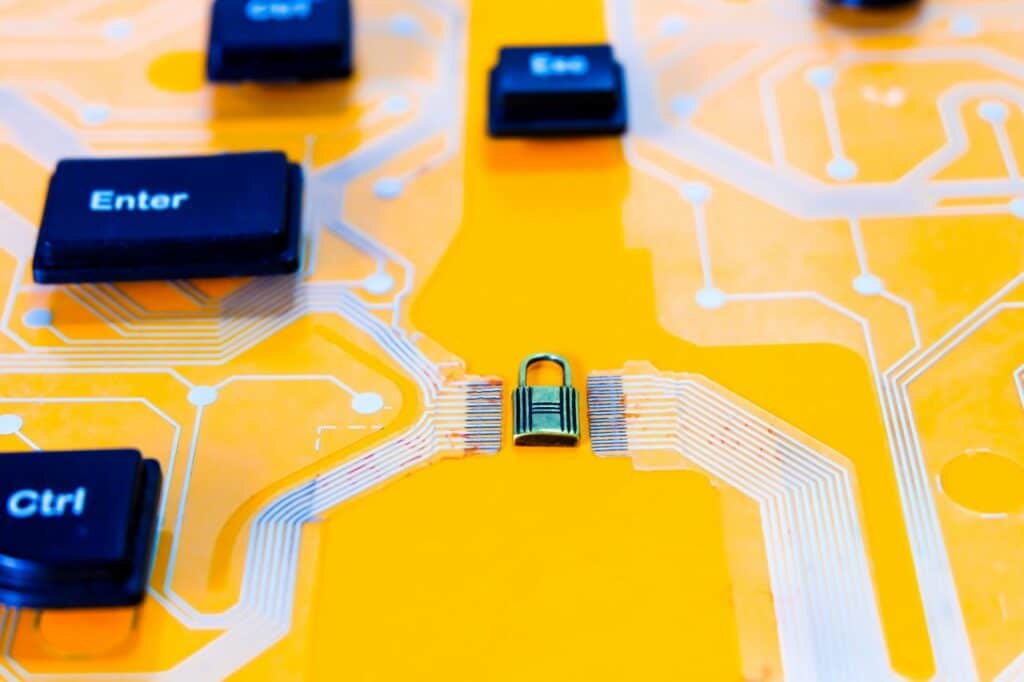Despite the incredible rise in cyber threats, the average C-level executive’s cybersecurity strategy comprises little more than turning on a firewall, and downloading the most recent Windows update. This strategy is not adequate for anyone on your team.
Overlooking cybersecurity significantly increases the chances of a data security breach, which could damage your reputation and cause severe financial loss. Here are some cybersecurity tips you should never ignore.
1. Use Strong Passwords
According to a recent study, 83% of Americans use weak passwords and reuse passwords for multiple accounts. If you are one of these 83%, you want to crank up your security credentials and prevent hackers from guessing your passwords.
- Do not use simple passwords like “password1” or anything that contains your personal details; no names, phone numbers, or identifiable information.
- Create complex passwords that comprise numbers, letters, and special characters. The longer the password, the better, with eight-character credentials a good starting point.
- Use lowercase and uppercase letters in passwords.
- Use unique passwords for every internet service you use.
- If you struggle to remember passwords, use a password manager. This tool encrypts your credentials and keeps them in a secure cloud-based vault.
2. Create a Security Strategy for Your Entire Team
Even if you have mastered the art of cybersecurity, your team members could still put your entire organization in danger. Teach password etiquette to your colleagues, and create specific protocols for employees who bring their devices to work, as bring-your-own-device (BYOD) policies pose several security risks, such as data theft and malware infiltration.
Establish security strategies via the correct channels, so your team understands the importance. Incorporating cybersecurity rules into your employee handbook gets the message across. So does posting these regulations on your company pages.
3. Safeguard Wired and Mobile Devices
With cybercrime, more than your laptop is at risk. Most c-level executives associate cybersecurity with laptops and personal computers, without considering the risks associated with mobile devices such as smartphones and tablets. The same security rules apply to the MacBook and the iPhone: use a firewall, encrypt passwords, backup data, and invest in malware protection software.
4. Hire an MSP
As a c-level executive, you have hundreds of more important tasks than installing anti-virus software and running system scans. That’s why you should let someone else do the hard work for you. A managed services provider (MSP) takes care of all your cybersecurity-related tasks so you can concentrate on far more critical jobs. Here’s how managed cybersecurity services benefit you:
- Let someone manage hardware, software, networks, and data centers remotely. No need to assemble an IT security team.
- Safeguard systems from DDoS, phishing, malware, ransomware, zero-day attacks, persistent threats, insider attacks, and other cybersecurity dangers.
- Get IT support 24 hours a day.
- Prevent downtime that could damage your business.
- Improve productivity in your organization.
Final Word
C-level executives often overlook at least one of the four cybersecurity tips on this list. Don’t be one of them; use strong passwords, create security strategies for your team, safeguard mobile devices, and use managed cybersecurity services to prevent hackers from infiltrating your IT architecture and stealing data.


